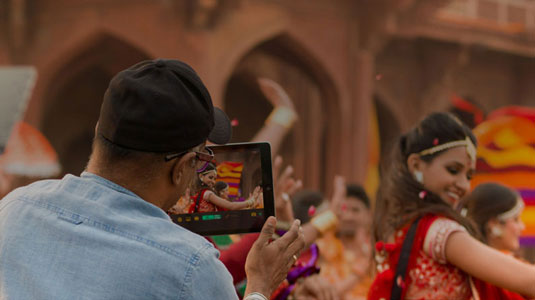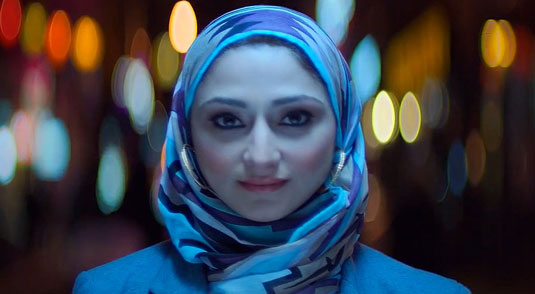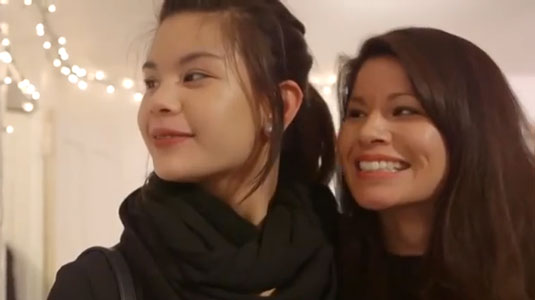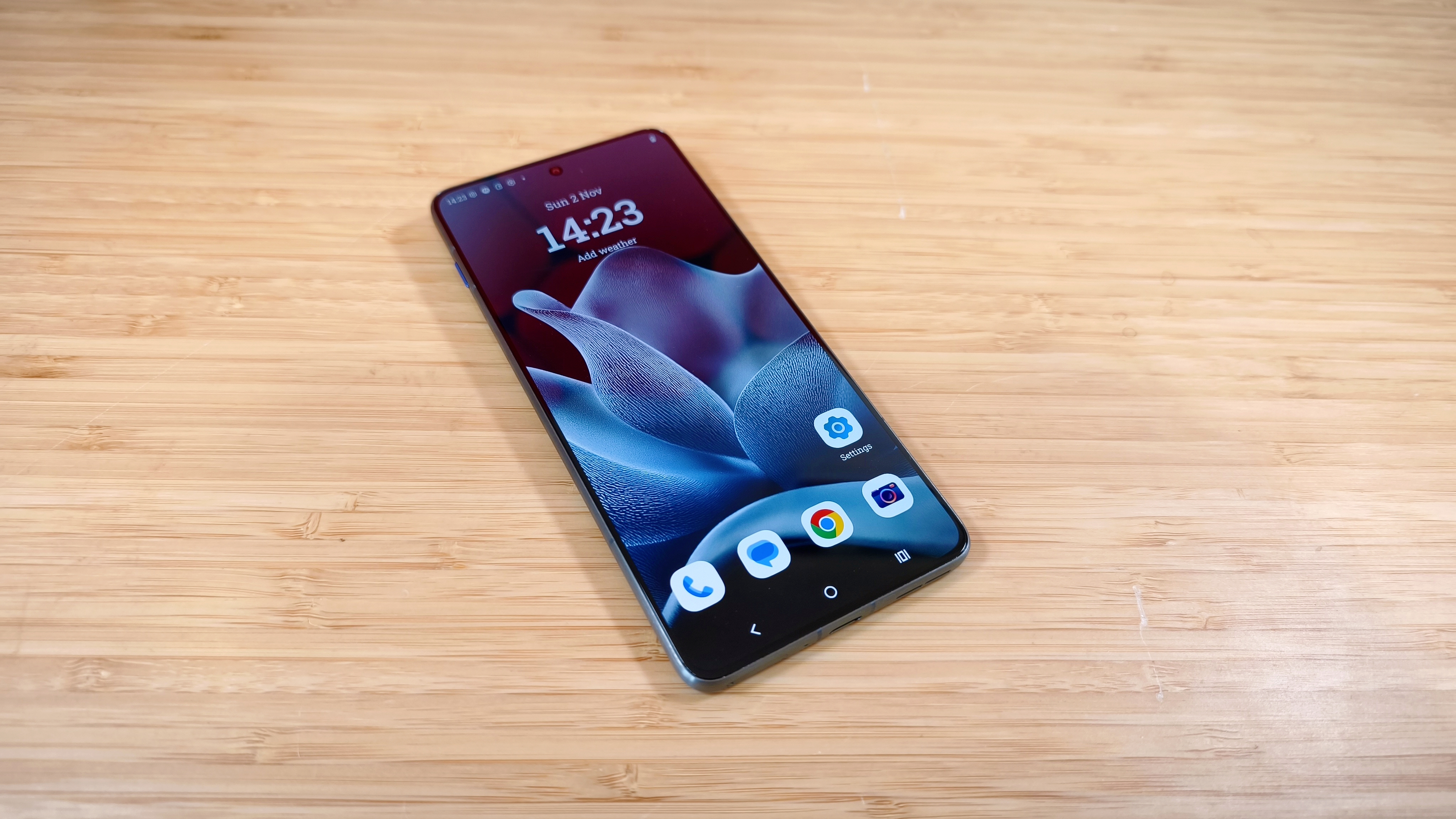How to celebrate diversity without being patronising
The advertising and design industries should reflect diversity without appearing tokenistic, says Micha Schwing of Getty Images.

We live in a globalized, networked world, where imagery and information are easily distributed and shared. As mainstream campaigns and other brand communications today communicate to wide audiences rather than separate target groups, organisations of all sizes are challenged to make sure that they communicate inclusivity through the visuals they choose.
Cross-cultural campaigns are on the rise and bring new challenges to advertisers and marketers. Brands and companies need to address their audiences as one group. But, they also need to acknowledge their consumers come from different backgrounds, generations, cultural and social settings.

Without consideration, this can result in unnatural and forced visual communication which does not truly reflect the cultural mix at play. Finding the right balance without tipping over into tokenism is key when communicating a company’s values authentically.
Shifts in demographics, gender roles, couplehood and family configurations, and beauty ideals are crucial to track, reflect, and refract on today’s visual stage, as consumers’ expectations and preferences, values and beliefs are becoming ever more diverse.
The right way
To get it right, brands need to find imagery which both appeals to the general market and is still resonant with different segments that are represented.
Apple’s recent brand campaign shows a wide range of different demographics and consumers from all walks of life. The commercials cut across people from different backgrounds, yet feel natural and unforced, emotional and universal - focusing on Apple products in use in everyday moments.
Diversity is presented as a reality and an aspiration, simultaneously. Rather than looking at differences, the focus is on the things we have in common: a shared desire to celebrate the moments that matter. Above all things, it is vital when considering diversity in image choices to utilize real insight to back choices, rather than tokenism.
Daily design news, reviews, how-tos and more, as picked by the editors.

In our recent visual trend publication Curve, group creative director Jarek Carethers from UniWorldGroup talks about these challenges in an increasingly global marketing environment.
He puts the emphasis when effectively representing diversity in all its forms on nuance – recognising likeminded people, rather than labelling specific groups, and emphasises the role true insights, not assumptions, into diverse cultures can play.
Focus on individuals

Communicating diversity in a positive way is always also about celebrating individuality like in Dove’s latest campaign, which premiered at Sundance Film Festival in January.
The Unilever brand worked with filmmaker Cynthia Wade on the documentary, illustrating the brand’s research into the effect social media has on the perception of beauty.
Wade commented on the influence ‘Selfies’ are having on the beauty ideal: “Now we have the ability to photograph the beauty we see in our friends and ourselves. When we share these diverse images on our social networks, we are taking personal ownership and truly redefining beauty.”
Strike a balance
The art of visualising diversity is to strike the right balance and use visuals which both appeal to the general market, have that spark of aspiration, while still resonating with the different segments that are represented.
Campaigns that feel natural and show aspects of our everyday lives will connect best with today’s audience and the move towards more inclusive communication that presents diversity as a reality and an aspiration will inspire change and leave tokenism behind.
Words: Micha Schwing
Micha Schwing is director of content strategy at Getty Images.
Liked this? Read these!
- Free graphic design software available to you right now!
- Great examples of doodle art
- The best 3D movies coming in 2014

The Creative Bloq team is made up of a group of art and design enthusiasts, and has changed and evolved since Creative Bloq began back in 2012. The current website team consists of eight full-time members of staff: Editor Georgia Coggan, Deputy Editor Rosie Hilder, Ecommerce Editor Beren Neale, Senior News Editor Daniel Piper, Editor, Digital Art and 3D Ian Dean, Tech Reviews Editor Erlingur Einarsson, Ecommerce Writer Beth Nicholls and Staff Writer Natalie Fear, as well as a roster of freelancers from around the world. The ImagineFX magazine team also pitch in, ensuring that content from leading digital art publication ImagineFX is represented on Creative Bloq.
